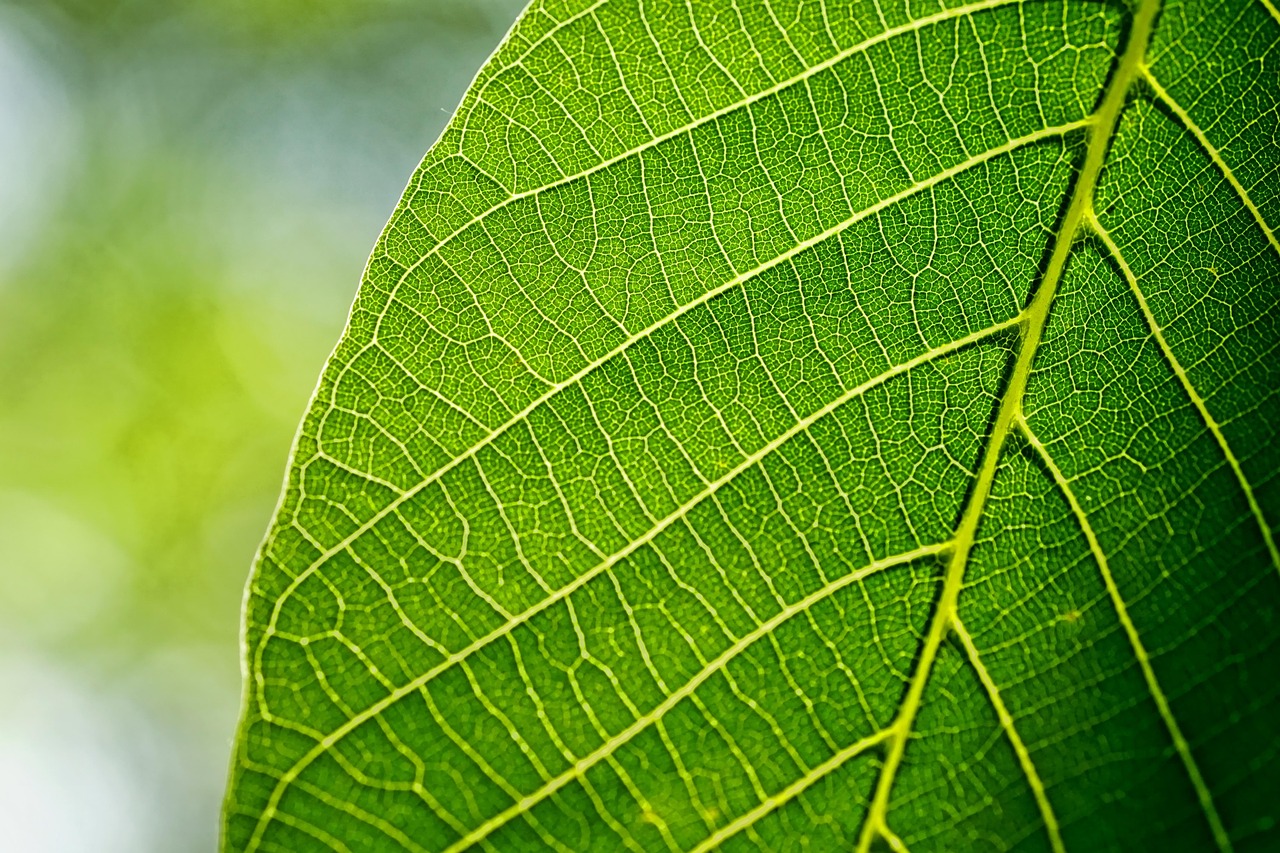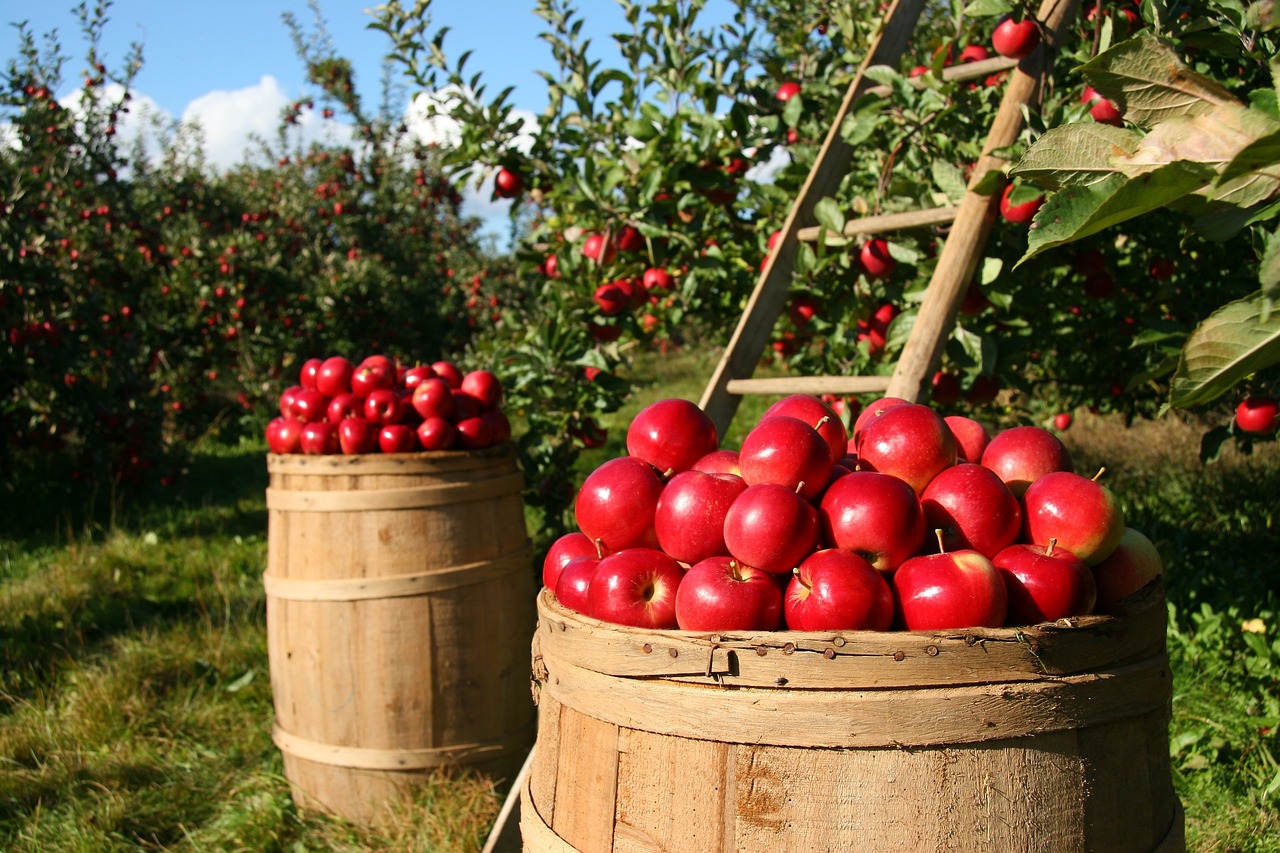Walnut orchard pruning is essential for achieving a profitable timber harvest. Proper pruning enhances tree structure, promotes healthy growth, and improves wood quality. By strategically removing branches, growers can maximize yield and ensure that the trees are well-maintained throughout their lifecycle.
Walnut trees, particularly the English walnut (Juglans regia), are prized for their high-quality timber and nuts. In recent years, walnut orchards have gained popularity among farmers seeking to diversify their income streams. However, to ensure a profitable harvest of timber, proper management practices must be implemented, with pruning being one of the most critical aspects.

Pruning not only helps in shaping the trees but also plays a vital role in disease prevention, pest control, and optimizing light penetration and air circulation. These factors contribute significantly to the overall health and productivity of the orchard. Understanding the correct timing and techniques for pruning is essential for any walnut grower aiming for success.
Importance of Pruning in Walnut Orchards
Pruning walnut orchards is crucial for several reasons. The primary benefits include:
- Improved Tree Structure: Pruning helps develop a strong framework, allowing the tree to support its weight and resist damage from storms or heavy fruit loads.
- Enhanced Light Penetration: Removing excess branches ensures that sunlight reaches all parts of the tree, promoting even growth and improving nut quality.
- Better Air Circulation: Adequate airflow reduces humidity around the tree, minimizing the risk of fungal diseases.
- Increased Yield: Properly pruned trees produce higher quality timber and more nuts, leading to greater profitability.
The timing of pruning is critical. Most walnut growers recommend conducting major pruning during the dormant season, typically late winter to early spring. This timing minimizes stress on the tree and promotes rapid healing once new growth begins. However, some light pruning can be done in summer to manage vigor and remove any dead or diseased wood.

Best Practices for Walnut Orchard Pruning
To achieve optimal results in walnut orchard pruning, growers should follow several best practices:
- Assess Tree Health: Before pruning, evaluate each tree’s health. Look for signs of disease or pest damage that may require special attention.
- Use Proper Tools: Invest in high-quality pruning tools such as loppers, hand saws, and pole pruners. Ensure all tools are sharp and clean to prevent injury to the trees.
- Remove Dead or Diseased Wood: Start by removing any dead or diseased branches. This helps prevent the spread of pathogens and encourages healthy growth.
- Thin Out Crowded Branches: Selectively remove branches that cross or rub against each other. This promotes better light penetration and air circulation.
- Aim for a Central Leader: Encourage a central leader growth pattern. This structure supports better stability and allows for easier management.
- Limit Pruning Cuts: Avoid excessive pruning at once. It is crucial to make cuts judiciously to reduce stress on the tree.
The following table illustrates the recommended pruning cuts based on the age of the walnut tree:
| Tree Age | Pruning Focus | Recommended Cuts |
|---|---|---|
| 1-3 years | Establishing structure | Selective thinning and shaping |
| 4-7 years | Developing canopy | Thinning crowded branches |
| 8+ years | Mature maintenance | Removing dead/diseased wood, light thinning |
In addition to these practices, monitoring environmental conditions is essential. Factors such as weather, soil health, and pest populations can all impact how and when to prune effectively. By staying vigilant and adapting pruning strategies accordingly, growers can ensure their walnut orchards remain productive and profitable.

Understanding the science behind walnut tree growth can also enhance pruning effectiveness. Walnut trees typically exhibit growth patterns that vary by region and climate. Knowing these patterns allows growers to adjust their pruning techniques to align with the trees’ natural growth cycles.
Overall, effective walnut orchard pruning is not just about cutting branches. It requires a strategic approach that combines knowledge of botany, horticulture, and practical experience. By implementing these techniques, growers can foster healthier trees that yield high-quality timber and nuts for years to come.
Techniques for Effective Walnut Orchard Pruning
To maximize the benefits of pruning, walnut growers must employ specific techniques tailored to the unique growth characteristics of walnut trees. Understanding various pruning methods is essential for achieving optimal results. Here are some established techniques:

Thinning
Thinning involves the selective removal of branches to improve light penetration and air circulation throughout the tree’s canopy. This technique helps enhance fruit and nut quality while reducing the risk of diseases. Key points to remember when thinning include:
- Selective Removal: Focus on removing branches that are crowded, crossing, or rubbing against each other.
- Maintain Balance: Aim to keep the tree’s structure balanced while ensuring that the central leader remains dominant.
- Frequency: Thinning should be done regularly throughout the tree’s life, especially during its formative years.
Heading Back
Heading back is a technique used to control the height of the tree and encourage lateral growth. This method is particularly useful for taller trees that may become unmanageable over time. Important aspects of heading back include:
- Cut Above a Bud: When heading back, make cuts just above a healthy bud to encourage new growth in that direction.
- Aim for Uniformity: Strive for uniform growth patterns across the canopy to maintain an aesthetically pleasing appearance.
- Timing: This technique is best carried out in late winter or early spring, just before new growth begins.
Crown Reduction
Crown reduction is a more advanced pruning technique aimed at reducing the size of the tree’s crown while maintaining its overall health. This method can help manage mature trees that have outgrown their space. When performing crown reduction, consider the following:
- Remove Top Branches: Focus on cutting back the top branches to reduce height while preserving lower branches for stability.
- Maintain Shape: Ensure that the crown retains a natural shape to avoid stress on the tree.
- Limit Cuts: Avoid excessive cuts; removing no more than one-third of the crown in a single session is advisable.
Pest and Disease Management During Pruning
Pest and disease management is a crucial component of walnut orchard pruning. Proper pruning techniques can significantly reduce the impact of pests and pathogens. Here are effective strategies for managing these threats:
Sanitation Practices
Keeping tools clean is vital in preventing the spread of diseases. Follow these sanitation practices:
- Disinfect Tools: Use a solution of bleach or alcohol to disinfect pruning tools before and after use.
- Remove Debris: Regularly clear fallen leaves, branches, and other debris from around the orchard to minimize disease risk.
Identifying Common Pests and Diseases
Being aware of common pests and diseases that affect walnut trees can help growers take proactive measures. Some notable examples include:
| Pest/Disease | Description | Management Strategies |
|---|---|---|
| Walnut Twig Beetle | A pest that tunnels into branches, weakening the tree. | Monitor trees regularly and apply insecticides as needed. |
| Anthracnose | A fungal disease causing leaf spots and dieback. | Practice good sanitation and apply fungicides during wet seasons. |
| Bacterial Blight | A bacterial infection leading to wilting and leaf drop. | Remove infected wood and avoid overhead irrigation. |
The Role of Timing in Pruning
The timing of pruning operations can greatly influence their effectiveness. Understanding how seasonal changes affect walnut trees is vital for successful pruning. Important timing considerations include:
Dormant Season Pruning
The dormant season, occurring in late winter to early spring, is generally considered the best time for major pruning activities. Benefits of pruning during this period include:
- Reduced Stress: Trees experience less stress when pruned during dormancy, allowing them to heal more quickly once growth resumes.
- Easier Identification: Without leaves, it is easier to assess the tree’s structure and identify areas needing attention.
Summer Pruning Techniques
Light pruning can also be beneficial during the summer months. This approach allows growers to manage vigor and promote healthy growth patterns. Summer pruning offers advantages such as:
- Controlling Growth: Limiting excessive growth helps maintain tree shape and size.
- Pest Management: Identifying and removing diseased or infested branches during the growing season can help reduce pest populations.
By understanding and implementing these techniques and considerations, walnut orchard owners can enhance their practices, leading to healthier trees and more profitable harvests over time.
Understanding Walnut Tree Growth Patterns
To effectively prune walnut trees, it is crucial to understand their growth patterns. Walnut trees exhibit specific growth characteristics that can vary based on environmental conditions, tree age, and cultivar. Recognizing these patterns allows growers to tailor their pruning strategies accordingly.
Growth Stages of Walnut Trees
Walnut trees go through distinct growth stages, each requiring different care and pruning approaches. The main stages include:
- Establishment Phase (0-3 years): During this phase, the focus is on developing a strong root system and establishing a central leader. Minimal pruning is necessary, mainly to remove competing leaders and dead branches.
- Development Phase (4-7 years): Trees begin to grow more vigorously, and shaping becomes essential. Regular thinning and heading back are appropriate to establish a well-structured canopy.
- Mature Phase (8+ years): Trees reach their full height and require maintenance pruning. The focus shifts to managing canopy density and removing dead or diseased wood.
Understanding these stages helps growers implement appropriate pruning techniques that align with the tree’s developmental needs.
The Impact of Soil and Environment on Pruning
The soil type and environmental conditions can significantly influence walnut tree growth and health. These factors should be considered when planning pruning activities.
Soil Quality and Nutrients
The health of walnut trees is closely linked to soil quality. Well-draining soil rich in organic matter promotes healthy growth. Here are key points regarding soil quality:
- Soil Testing: Conduct regular soil tests to evaluate nutrient levels, pH, and organic matter content.
- Nutrient Management: Based on soil test results, apply fertilizers as needed to support optimal tree growth.
- Organic Matter: Incorporate organic materials such as compost to improve soil structure and fertility.
Environmental Factors
Environmental conditions such as temperature, humidity, and rainfall also affect walnut tree growth. Consider these factors:
- Climate Zones: Understanding the local climate can help determine the best timing for pruning and managing the orchard.
- Irrigation Needs: Adequate water supply is crucial, especially during dry spells. Proper irrigation techniques should be in place to support tree health.
- Microclimates: Identify any microclimates within the orchard that may affect growth patterns, such as areas with more shade or wind exposure.
Tools and Techniques for Effective Pruning
The right tools are essential for successful walnut orchard pruning. Using appropriate equipment not only makes the job easier but also ensures clean cuts that promote healing. Here are some recommended tools:
Essential Pruning Tools
Investing in high-quality pruning tools can enhance efficiency and outcomes. Key tools include:
- Loppers: Ideal for cutting branches up to 2 inches in diameter. They provide leverage and control for precise cuts.
- Hand Saws: Useful for larger branches. Choose a saw with a sharp blade designed for pruning.
- Pole Pruners: These extendable tools are helpful for reaching high branches without the need for a ladder.
- Pruning Shears: Essential for making clean cuts on smaller branches and twigs.
Maintenance of Pruning Tools
Caring for pruning tools is vital for their longevity and effectiveness. Follow these maintenance tips:
- Cleaning: After each use, clean tools with soap and water to remove sap and debris.
- Sharpening: Regularly sharpen blades using a sharpening stone or file to ensure clean cuts.
- Disinfection: Disinfect tools before and after use to prevent the spread of diseases between trees.
Common Mistakes to Avoid in Pruning
Avoiding common mistakes can enhance the effectiveness of walnut orchard pruning. Here are several pitfalls to watch out for:
Over-Pruning
One of the most significant mistakes is over-pruning, which can stress trees and reduce yield. Be mindful of the following:
- Avoid Excessive Cuts: Do not remove more than one-third of the tree’s canopy in a single season.
- Assess Tree Health: Always evaluate the tree’s condition before deciding how much to prune.
Poor Timing
Pruning at the wrong time can lead to poor results. Key timing considerations include:
- Dormant Season Focus: Major pruning should primarily occur during the dormant season to minimize stress.
- Avoid Late Summer Cuts: Pruning late in the growing season can stimulate new growth that may not harden off before winter.
Lack of Planning
An unplanned approach can lead to inconsistent results. To avoid this:
- Create a Pruning Schedule: Develop a yearly schedule detailing when specific trees will be pruned.
- Document Changes: Keep records of what was pruned, when, and any observations about tree health or growth patterns.
By being aware of these common mistakes, walnut growers can adopt more effective pruning strategies that contribute to healthier trees and improved timber yields over time.
Advanced Pruning Strategies for Walnut Orchards
As walnut growers gain more experience, they may explore advanced pruning strategies that further enhance tree health and timber quality. Some of these techniques include:
Espalier Techniques
While typically used for smaller fruit trees, espalier techniques can be adapted for walnut trees in smaller orchards. This method involves training trees to grow flat against a support structure. Benefits include:
- Space Efficiency: Espaliered trees require less ground space, making them ideal for urban or smaller plots.
- Enhanced Sunlight Exposure: This technique maximizes light penetration, leading to improved growth and nut quality.
Selective Pruning for Different Cultivars
Different walnut cultivars exhibit distinct growth habits and requirements. Tailoring pruning practices to specific cultivars can yield better results. Considerations include:
- Growth Habit: Some cultivars may require more vigorous thinning compared to others that grow more compactly.
- Yield Characteristics: Understanding how each cultivar produces nuts can help determine the best pruning strategy to maximize yields.
Utilizing Technology in Pruning
In recent years, technology has begun to play a role in orchard management, including pruning. Technology can assist in:
- Drones: Drones can provide aerial views of the orchard, helping to assess tree health and identify areas needing attention.
- Software: Orchard management software can help track pruning schedules and tree health data, improving planning and efficiency.
Economic Considerations of Walnut Orchard Pruning
When considering walnut orchard management, it is essential to analyze the economic aspects of pruning. Effective pruning not only enhances yield but also impacts long-term profitability. Key economic considerations include:
Cost-Benefit Analysis
Before implementing any pruning strategy, conducting a cost-benefit analysis is crucial. Factors to consider include:
- Labor Costs: Evaluate the costs associated with hiring skilled labor for pruning versus potential increases in yield.
- Equipment Investment: Consider the initial investment in pruning tools and technology against long-term productivity gains.
Return on Investment (ROI)
The return on investment for proper pruning can be significant. Key points include:
- Increased Timber Value: Well-pruned trees are likely to produce higher-quality timber that commands a better market price.
- Enhanced Nut Production: Improved tree health and structure lead to higher yields, directly impacting profitability.
Future Trends in Walnut Orchard Management
The future of walnut orchard management is likely to see continued advancements in techniques and technology. Trends to watch include:
- Sustainability Practices: More growers are adopting sustainable practices that enhance soil health and biodiversity, which can lead to better long-term yields.
- Precision Agriculture: The use of data analytics and precision agriculture techniques will continue to grow, allowing for more targeted interventions in pruning and overall orchard management.
Final Thoughts
Walnut orchard pruning is a vital practice that directly influences the health of the trees and the profitability of timber and nut harvests. By understanding the growth patterns of walnut trees, employing effective pruning techniques, and staying informed about economic considerations, growers can enhance their orchards’ productivity. The integration of advanced strategies and technologies will continue to shape the future of walnut orchard management.
Ultimately, successful walnut orchard pruning requires a combination of knowledge, skills, and careful planning. By adhering to best practices and avoiding common pitfalls, growers can foster healthier trees that yield high-quality timber and nuts for years to come. As the demand for walnuts continues to rise, effective orchard management will play a crucial role in meeting this need while ensuring sustainable practices are upheld.
